2014 marked the 100th year of foreigners observing and experiencing the increasingly popular pilgrimage. Below I have described the key people, events and publications related to this under-examined part of the history of the Shikoku pilgrimage.
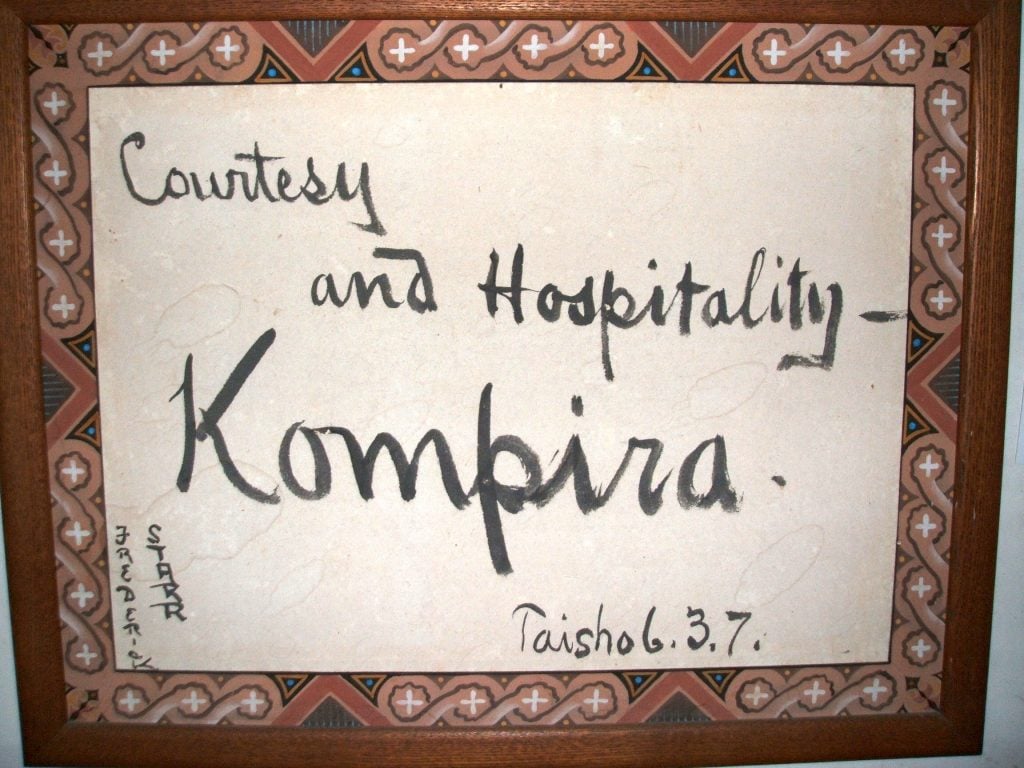

2014 marked the 100th year of foreigners observing and experiencing the increasingly popular pilgrimage. Below I have described the key people, events and publications related to this under-examined part of the history of the Shikoku pilgrimage.
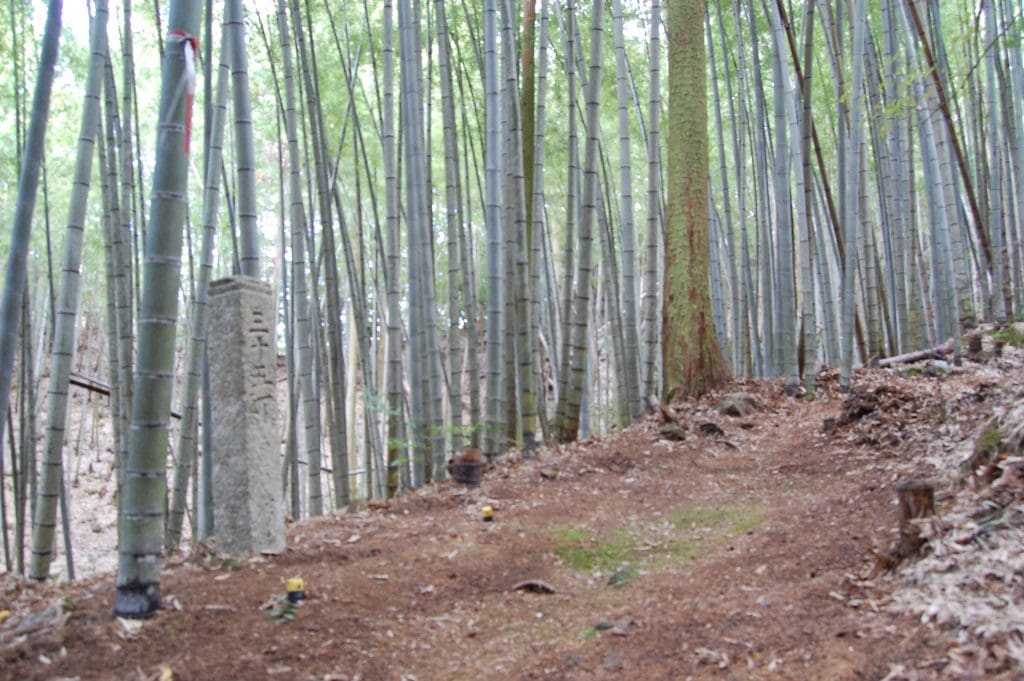
Recently various organizations and governmental groups have been working to get the Shikoku pilgrimage route recognized as a World Heritage Site. However, to do so it is necessary to prove to UNESCO that the sacred sites and paths leading to them have outstanding universal importance.
While the pilgrimage route might have been significant to people hundreds of years ago, a lot has disappeared with modernization or is in a state of disarray. Thus, one strategy is to find and reestablish original sections of the route. One example is a short section by Temple 20, Kakurin-ji (鶴林寺) and another by Temple 21, Tairyūji (太龍寺), which are now designated national historical sites (国指定史跡).
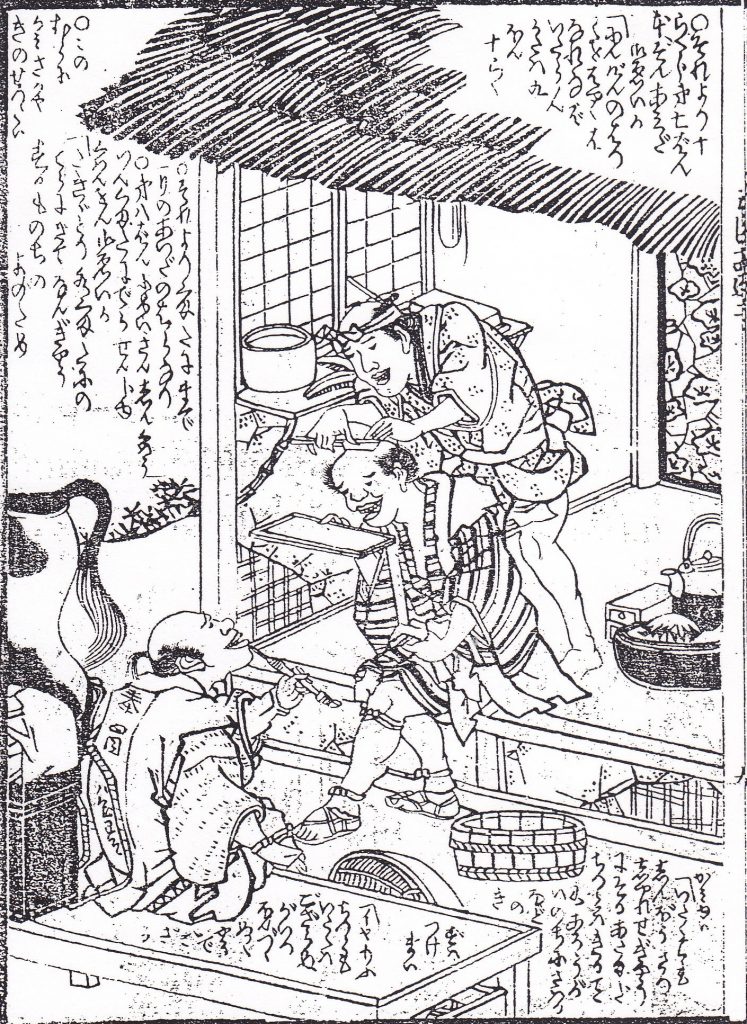
As the popularity of the Shikoku pilgrimage continues to grow, many people are wishing to complete this journey by spending the least amount of money possible. Some try to find inexpensive or free places to stay and others develop interesting strategies to eat cheaply, such as going to a supermarket in the evening and buying fresh food products which have been discounted.
But if you do not stay at a pilgrim inn or hotel every night, where do you wash your body and shampoo your hair, something that you cannot ignore more than a few days. In fact, what do you do about your hair for such a long journey? Do you get a haircut or head shave beforehand, or go for a haircut midway through, or let it grow and wait to get a haircut when until you finish?

The first two days of the Shikoku pilgrimage from Ryōzen-ji (Temple 1) to Fujii-dera (Temple 11) are easy because the path is on flat paved roads. However, on your third day, you will face a strenuous twelve-kilometre hike up and down mountains on a dirt path through the forests to reach Shōsan-ji (Temple 12). It is said that the journey from Fujii-dera and Shōsan-ji takes between five to eight hours depending on your physical fitness.
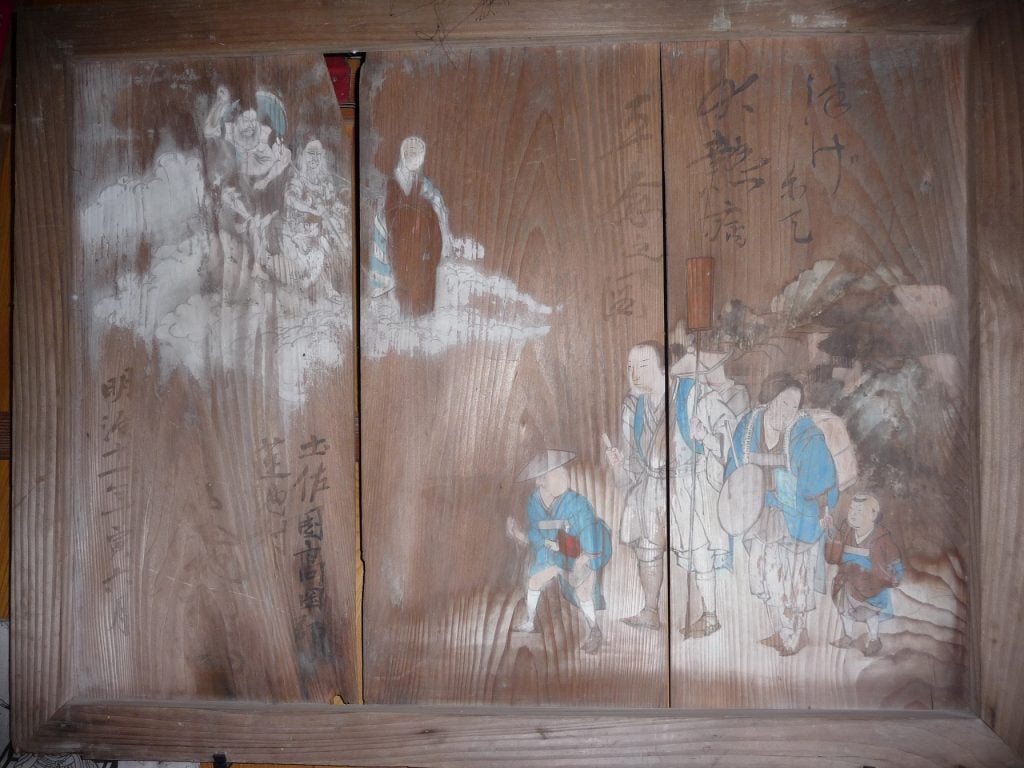
Oliver Statler (1912-2003), a renowned scholar on the Shikoku pilgrimage and author of Japanese Pilgrimage (1983), said in a documentary that “visits to the temples do not constitute the pilgrimage, they merely punctuate it.” He was referring to the eighty-eight officially designated Buddhist temples along the Shikoku pilgrimage route, which at times are located very far apart. However, I would like to emphasize that there are many more sites such as Shinto shrines, bekkaku (別格:special) temples, bangai (番外: outside the number) sites, okunoin (奥ノ院:inner sanctuary), and odō (お堂: small building) that play an equal role in the pilgrimage and are worth visiting.
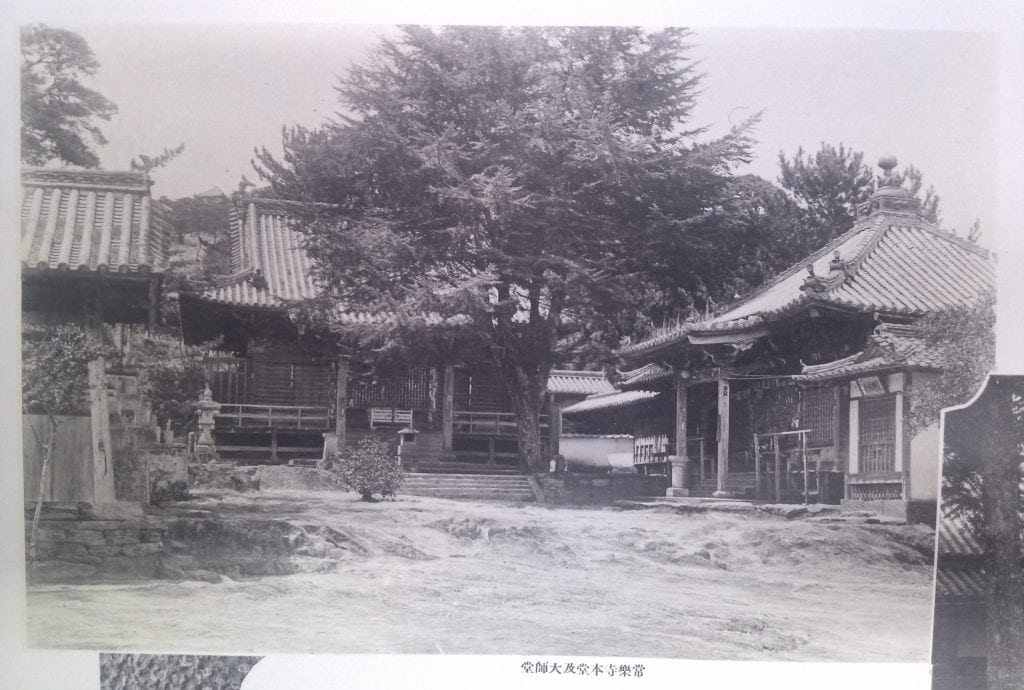
If you would like to experience part of the Shikoku pilgrimage route close to central Tokushima city, then I recommend going to Dainichi-ji (Temple 13), Jōraku-ji (Temple 14), Kokubun-ji (Temple 15), Kannon-ji (Temple 16) and Ido-ji (Temple 17). Visiting these temples is called gokasho mairi – a five-site pilgrimage that it said to have been created more than 300 years ago. The total distance is only about eight kilometres and since the route is on flat ground it can be easily completed in a few hours. Here are some details about each of these temples that all seem to offer relief from physical problems or cures from illnesses or ailments.
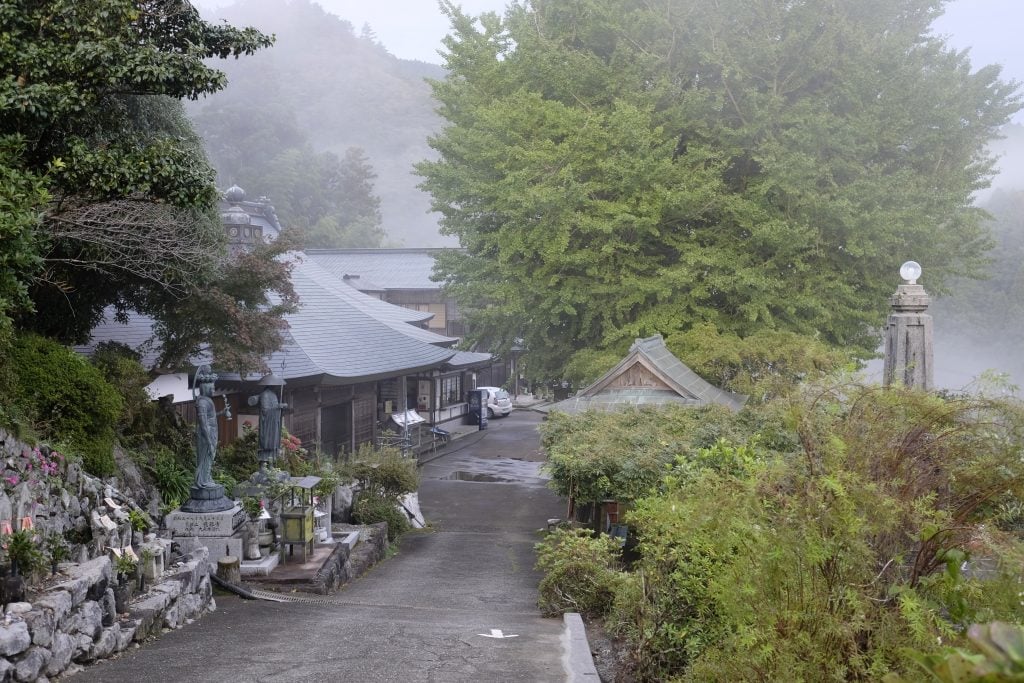
Do you like to go spelunking or contorting your body in all sorts of directions in order to pass through small rock crevices? Do you like tales of mystic rituals, sorcery and battles with dragons? If so, then I highly recommend going to Jigen-ji, which is number three of twenty bekkaku (other) temples along the eighty-eight temple Shikoku pilgrimage, and going through the cave there called Anazenjo (place of ascetic training). This temple, located on top of a mountain in Kamikatsu town about 35 kilometres from central Tokushima, can be best reached by car although it is possible to get somewhat close by bus.

At about the midway point along the quiet route between Temple 1 to 2 is a reconstructed World War I German POW camp that was used as a set for the movie, Baruto no Gakuen (2007). The set, which was on a much larger lot located beside Oasa Hiko Shrine, north of Ryozen-ji, had to be dismantled and removed after the three-year land lease expired; yet local people wanted to somehow preserve it and make it open to the public. As a result, it was rebuilt with fewer buildings at this new and smaller location.
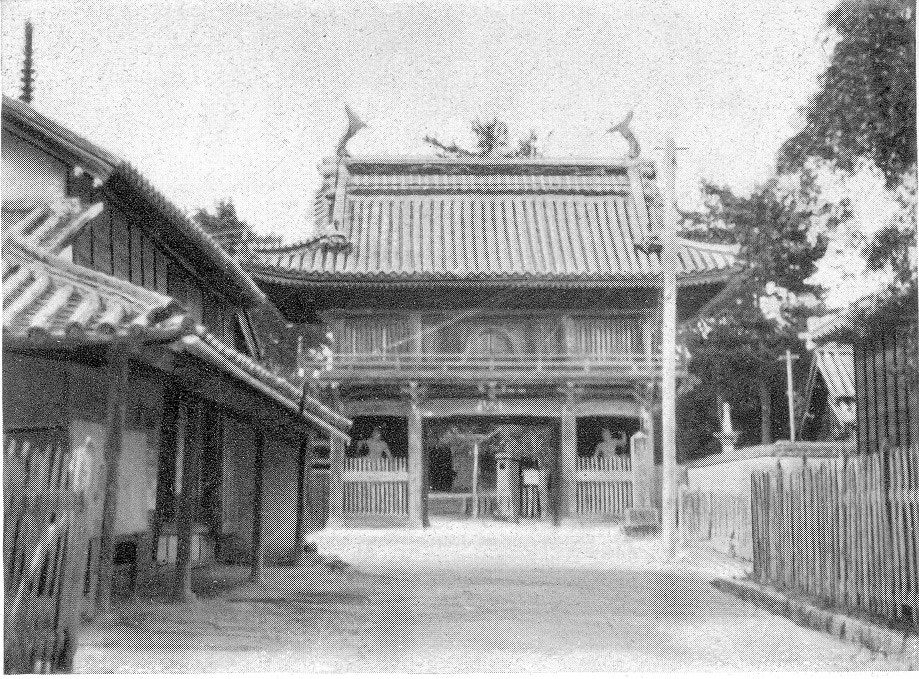
Recent reports give a number of between 100,000 and 300,000 who annually participate in the Shikoku pilgrimage. Of these, it is estimated that about 5,000 are walkers and about 500 are foreigners.
With so many people now making the pilgrimage it is attracting a lot of coverage in the media and there is a huge amount of information on the internet, so I will try to refrain from repeating basic facts here. My aim is to provide a brief history of Temple 1, suggest some interesting things to look at when you visit and present what foreigners in the distant past have said and written about their visits to the temples.
Kaihōgyō (回峰行) (“circling the mountain”) is a 1000-day pilgrimage spread out over seven years that is practised by the monks of Enryaku-ji temple on the side of Mount Hiei, overlooking Kyoto. Read more